Mushrooms are a versatile and nutritious ingredient that has been a staple in cuisines worldwide for centuries. Whether you’re a vegan, vegetarian, or meat-eater, mushrooms offer a flavorful, healthy, and sustainable way to add depth and texture to any dish.
From shiitake to portobello, oyster to chanterelle, the variety of mushrooms available is vast, each with their unique taste and texture, making them the perfect ingredient to experiment with in the kitchen.
If you’re looking for inspiration to cook with this delightful ingredient, look no further than our freshly picked mushroom recipes. From classic comfort foods to innovative dishes, our mushroom recipes cater to all palates and preferences.
Whether you’re cooking for a family or just for yourself, these recipes will help you create delicious and healthy meals you can enjoy anytime.
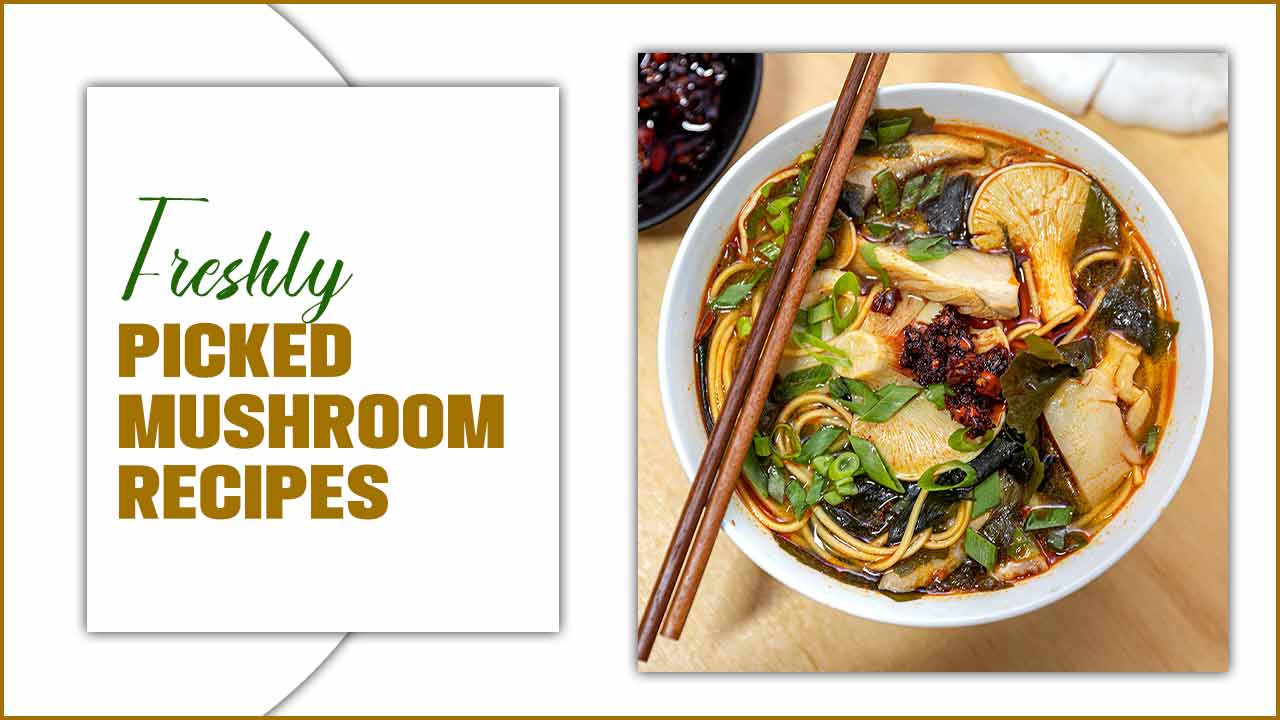
What Is Mushroom Foraging
Mushroom foraging is searching for and collecting wild mushrooms in their natural habitat. It has become a popular activity for nature lovers, food enthusiasts, and health-conscious individuals.
However, it is important to note that mushroom foraging can be dangerous without proper knowledge and precautions. Some wild mushrooms are toxic and can cause serious illness or death if ingested.
Therefore, it is essential to be able to identify different types of mushrooms and know which ones are safe to eat. It is also important to follow guidelines and regulations set by local authorities regarding foraging, as some areas may have restrictions or require permits.
Basic Mushroom Identification Techniques
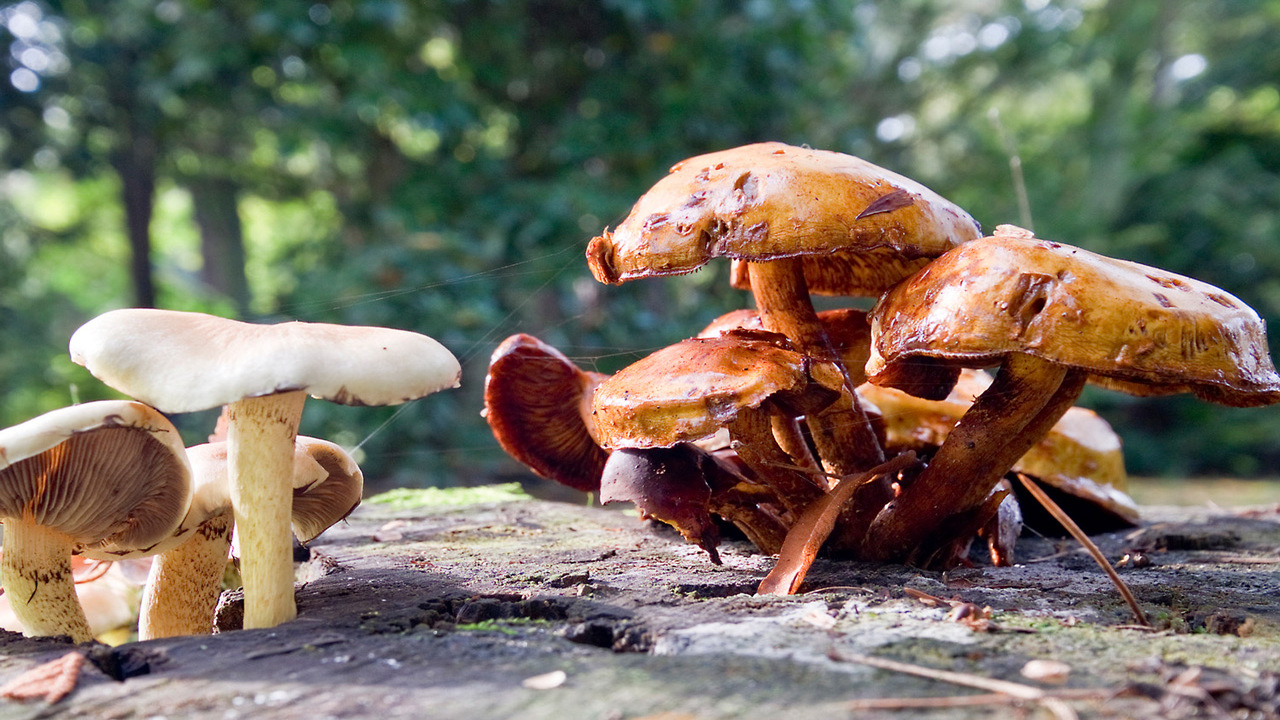
Observe the physical characteristics: Start by examining the overall appearance of the mushroom. Note the cap, stem, and gills’ colour, shape, size, and texture (if present). Look for any distinctive features like rings, scales, or patterns.
Take note of the habitat: Mushrooms grow in different environments, such as forests, grasslands, or near decaying wood. Pay attention to the surroundings, including the type of trees nearby, soil composition, and any other nearby plants or organisms.
Look for spore colour: Spores are reproductive cells produced by mushrooms. Spore colour can provide valuable clues for identification. The deposited spores will reveal their colour.
Examine the gills: If the mushroom has gills, examine their attachment to the stem. Also, note the color of the gills, as it can vary from white to shades of pink, brown, or black.
Check the stem: Observe the shape, colour, and texture of the stem. Is it smooth, fibrous, or scaly? Does it have a ring or a cup-like structure? Note any changes in colour or texture towards the base of the stem.
Take a whiff: Many mushrooms have distinct smells. Carefully sniff the mushroom, noting any odours such as earthy, fruity, or foul.
Use a field guide or online resources: Consult a reliable or reputable online resource for mushroom identification. Look for characteristics that match the mushroom you are trying to identify, and compare it with similar species.
Unlocking The Secrets Of Freshly Picked Mushroom Recipes
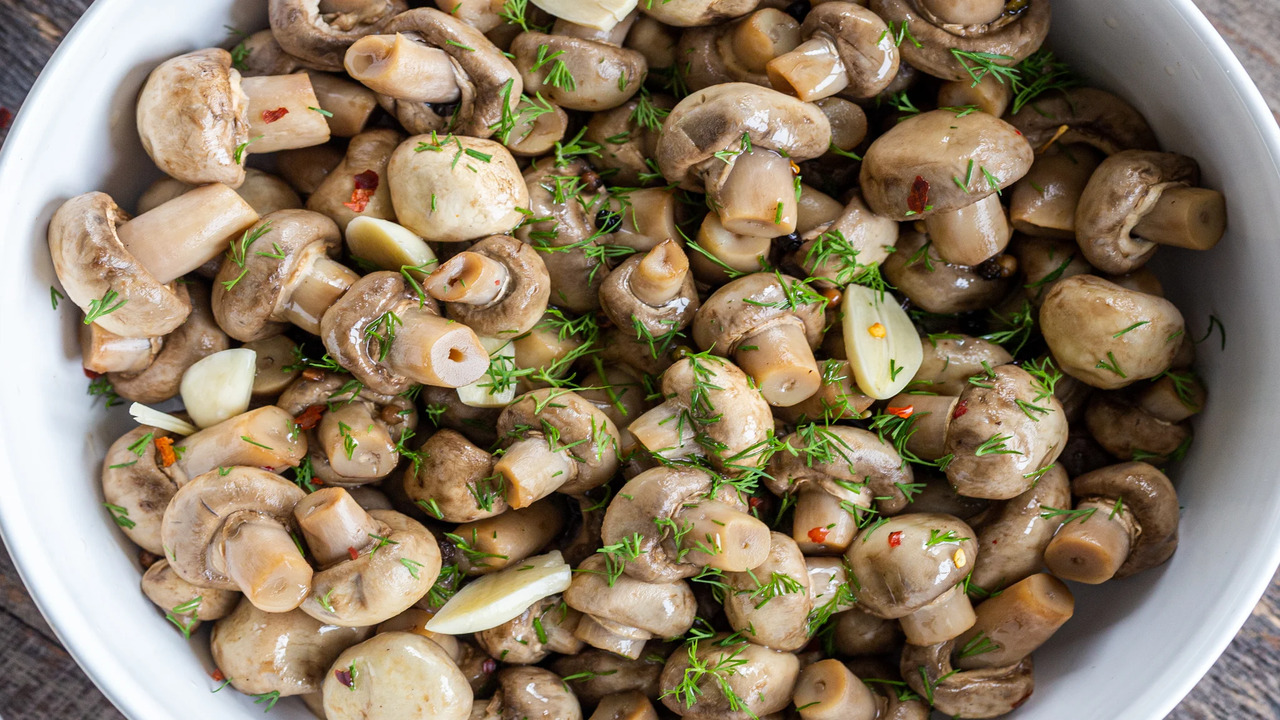
Freshly picked mushroom recipes are important because they offer a range of delicious and nutritious options. From sautés and soups to risottos and salads, mushrooms bring unique flavors and textures to dishes. They are also a great source of vitamins, minerals, and antioxidants, making them a healthy choice for any meal. Here is the recipe in steps.
1. Cleaning The Mushrooms:
Cleaning freshly picked mushrooms is an essential step in preparing delicious mushroom recipes. To start, gently brush off any visible dirt or debris using a soft brush or a paper towel.
Avoid washing them directly under running water, as mushrooms are porous and can absorb moisture, resulting in a soggy texture. For more thorough cleaning, lightly dampen a cloth or paper towel and wipe each mushroom individually.
This method helps remove any remaining dirt without saturating the mushrooms. If the mushrooms have stubborn dirt or have been exposed to pesticides, you can briefly soak them in a bowl of cold water and gently swish them around. However, do this quickly to prevent over-soaking. Afterward, pat them dry with a clean towel before using them in your recipes.
2. Mushroom Selection:
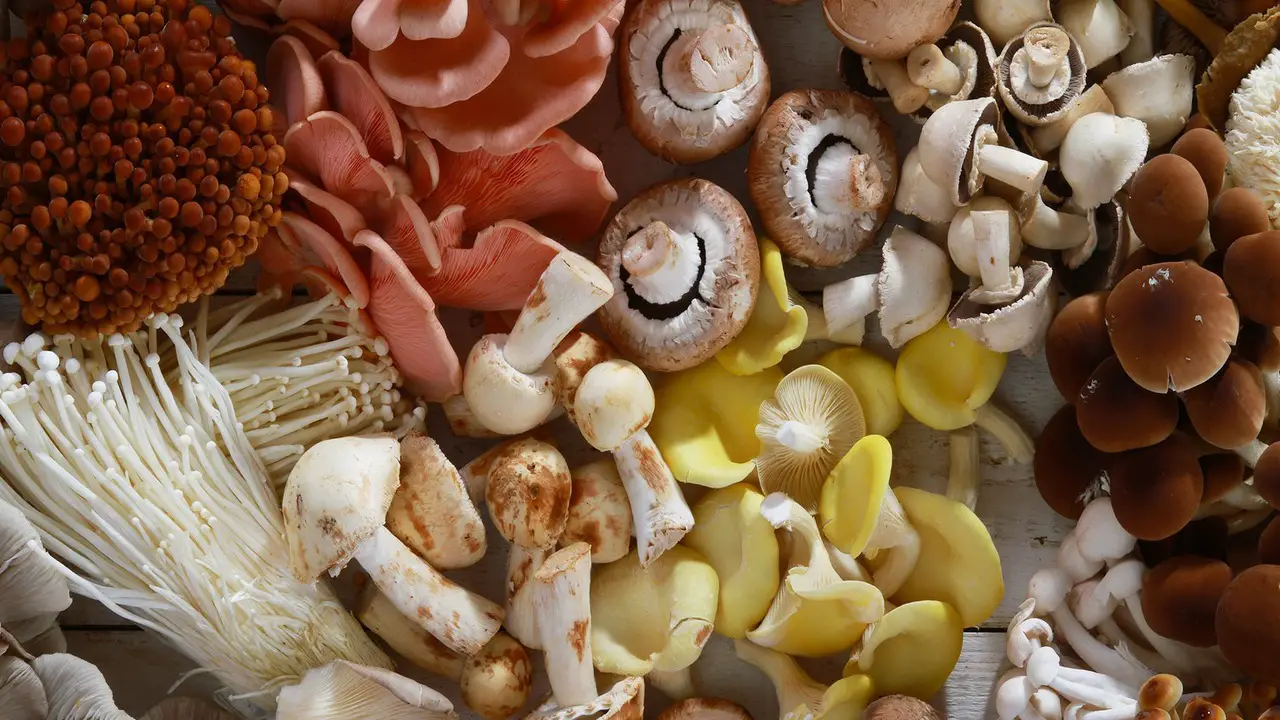
Freshly picked mushrooms offer a myriad of delicious possibilities in the culinary world. When selecting the perfect mushrooms for your recipes, there are a few key factors to consider.
First and foremost, ensure that the mushrooms are fresh, with firm caps and stems. Avoid any that appear slimy or discoloured. Different varieties of mushrooms offer unique flavours and textures, so choose according to your desired taste and recipe requirements.
Opt for meaty mushrooms like portobello or shiitake for earthy and robust flavors. If you prefer a milder taste, button mushrooms work well. Wild mushrooms like morels and chanterelles also bring a unique and complex flavor profile.
Remember to gently clean your mushrooms before cooking to remove dirt or debris. With the right selection and preparation, your freshly picked mushrooms can elevate any dish to new culinary heights.
3. Basic Cooking Techniques:
One popular method is sautéing, where sliced mushrooms are cooked in a hot pan with oil or butter until they become tender and golden brown. This technique enhances their earthy flavor and creates a versatile ingredient for various recipes. Another technique is roasting, which brings out the natural sweetness and intensifies the flavours of mushrooms.
Toss them with olive oil, salt, and herbs, then roast them until they are caramelized and crispy. Mushrooms also work well in soups and stews, adding depth and richness. Finally, they can be used in pasta dishes, stir-fries, or as a topping for pizzas. With these basic techniques, freshly picked mushrooms can be transformed into delightful and satisfying meals.
4. Flavor Combinations:
Whether you prefer the earthy richness of Portobello mushrooms or the delicate, nutty taste of shiitakes, there are endless possibilities to explore. Pairing mushrooms with complementary ingredients can create a symphony of flavors. For a classic approach, sauté mushrooms with garlic, butter, and herbs like thyme or rosemary.
Alternatively, you can experiment with bolder flavors by combining mushrooms with tangy goat cheese, sun-dried tomatoes, or caramelized onions. Mushroom risottos, pasta dishes, or stuffed mushroom caps with a blend of cheeses and breadcrumbs are also excellent choices. Embrace the versatility of freshly picked mushrooms, and let your culinary imagination take flight.
5. Recipe Ideas:
One mouthwatering idea is to sauté them with garlic, butter, and a sprinkle of fresh herbs for a simple yet flavorful side dish. Try a creamy mushroom risotto, where the earthy flavors meld beautifully with Arborio rice and Parmesan cheese for a heartier option.
Another fantastic choice is a savory mushroom soup, where the mushrooms take center stage, complemented by onions, thyme, and a touch of cream.
Create a vibrant mushroom salad with mixed greens, cherry tomatoes, and a tangy vinaigrette for a lighter alternative. Lastly, stuffed mushrooms with a filling of breadcrumbs, cheese, and herbs make an appetizer sure to impress.
Safety Precautions And Best Practices
Safety precautions and best practices are critical components of any workplace or activity to ensure the well-being of individuals involved. Some of the most common safety precautions you should remember include using personal protective equipment (PPE) like hard hats, safety glasses, and gloves in hazardous work areas.
Best practices include regular training sessions to keep employees updated on safety protocols and checklists to identify and address all potential hazards. Furthermore, having a designated safety officer or team responsible for monitoring and enforcing safety procedures can help maintain a safe work environment.
Pairing Wines With Mushroom Dishes
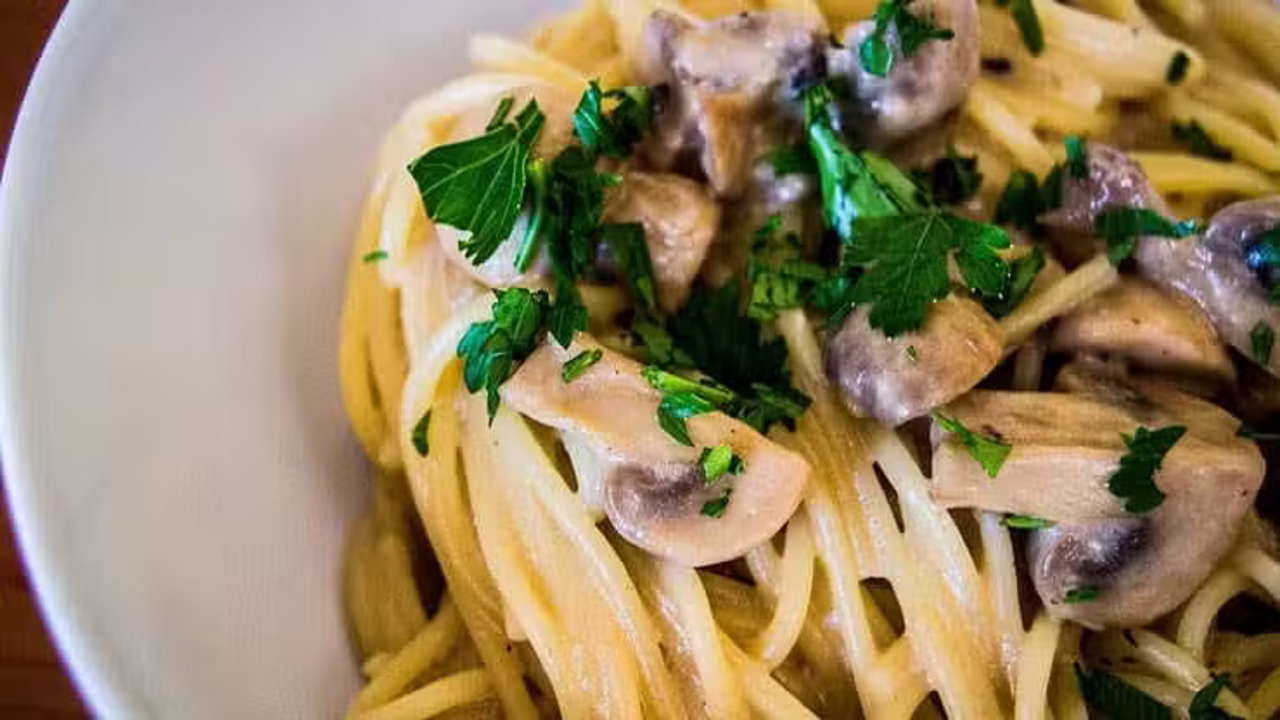
Pairing wines with mushroom dishes can be tricky, but it can also become an enjoyable experience. The earthy and rich flavor profile of mushrooms can complement various types of wines.
For example, cooking mushroom pasta with a creamy sauce, a Chardonnay, or a Pinot Noir can be great choices. The buttery notes in a Chardonnay can enhance the sauce’s creaminess, while the fruitiness of Pinot Noir can balance the earthy flavors of the mushrooms.
If you are cooking a mushroom risotto, a light red wine like a Beaujolais or a Chianti can be a great match. The acidity in these wines can cut through the dish’s richness and highlight the mushrooms’ flavours. Another option is to pair mushroom dishes with a full-bodied white wine like a Viognier or a Sauvignon Blanc.
Mushroom Preservation Techniques
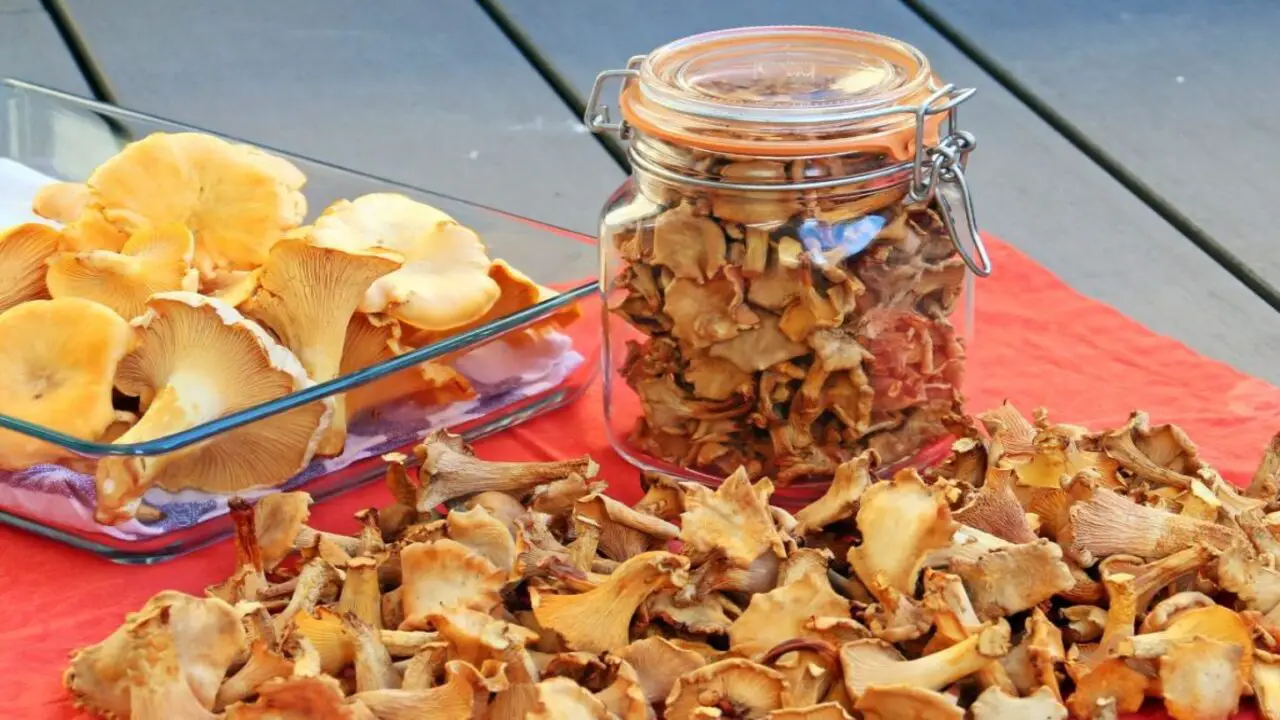
Mushroom preservation techniques are essential for ensuring the longevity of this nutrient-rich food. There are various methods of preserving mushrooms, each with benefits and drawbacks.
One popular technique is drying mushrooms, as it is a simple and effective way of preserving them for an extended period. Dried mushrooms can be rehydrated and used in various dishes, including soups, stews, and sauces.
Another technique for preserving mushrooms is canning, which involves placing them in jars with vinegar or other preservatives. Freezing is also a common preservation method, as it is a simple process that preserves the texture and flavor of mushrooms. However, blanching the mushrooms before freezing is essential to prevent them from becoming mushy.
Conclusion
Mushroom recipes in your meals are a healthy and delicious way to elevate your culinary experience. As a beginner, it’s important to start with the basics and experiment with different varieties and cooking techniques.
From sautéing to roasting, mushrooms are versatile and can add depth and flavour to any dish. With these freshly picked mushroom recipes and tips, you’ll be on your way to becoming a mushroom expert in no time. Remember always to exercise caution when foraging wild mushrooms and only consume those properly identified by a professional.
FAQ
1.What Are Some Popular Types Of Mushrooms Used In Recipes?
Ans: Some popular mushrooms used in recipes include button mushrooms, cremini mushrooms, shiitake mushrooms, oyster mushrooms, and portobello mushrooms.
2.Can I Eat Wild Mushrooms I Find In The Forest?
Ans: Eating wild mushrooms is generally not recommended unless you are an experienced forager. Some wild mushrooms can be toxic and dangerous if consumed. It’s best to rely on cultivated or store-bought mushrooms for safety.
3: How Should I Store Freshly Picked Mushrooms?
Ans: Freshly picked mushrooms should be stored in a paper bag or a breathable container in the refrigerator. Avoid storing them in plastic bags, as they can become slimy due to moisture buildup.
4.How Do I Enhance The Flavor Of Mushrooms In My Recipes?
Ans: To enhance mushroom flavor, try sautéing them in butter or olive oil with garlic, onions, or herbs like thyme or rosemary. Season them with salt and pepper to taste for added depth of flavor.
5.Are There Any Vegetarian Or Vegan Mushroom Recipes For Beginners?
Ans: Mushrooms are versatile ingredients for vegetarian and vegan recipes. You can try mushroom stir-fries, burgers, mushroom stroganoff, or mushroom-based soups to explore plant-based options.

I’m a writer and blogger who loves to talk about entertainment, culture, and relationships. I love to share my thoughts and insights on these topics, and I’m always looking for new ways to engage with my readers. I’m also a big fan of learning new things, so I’m always exploring new areas of interest.
